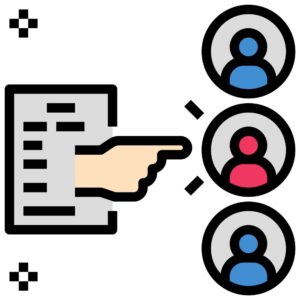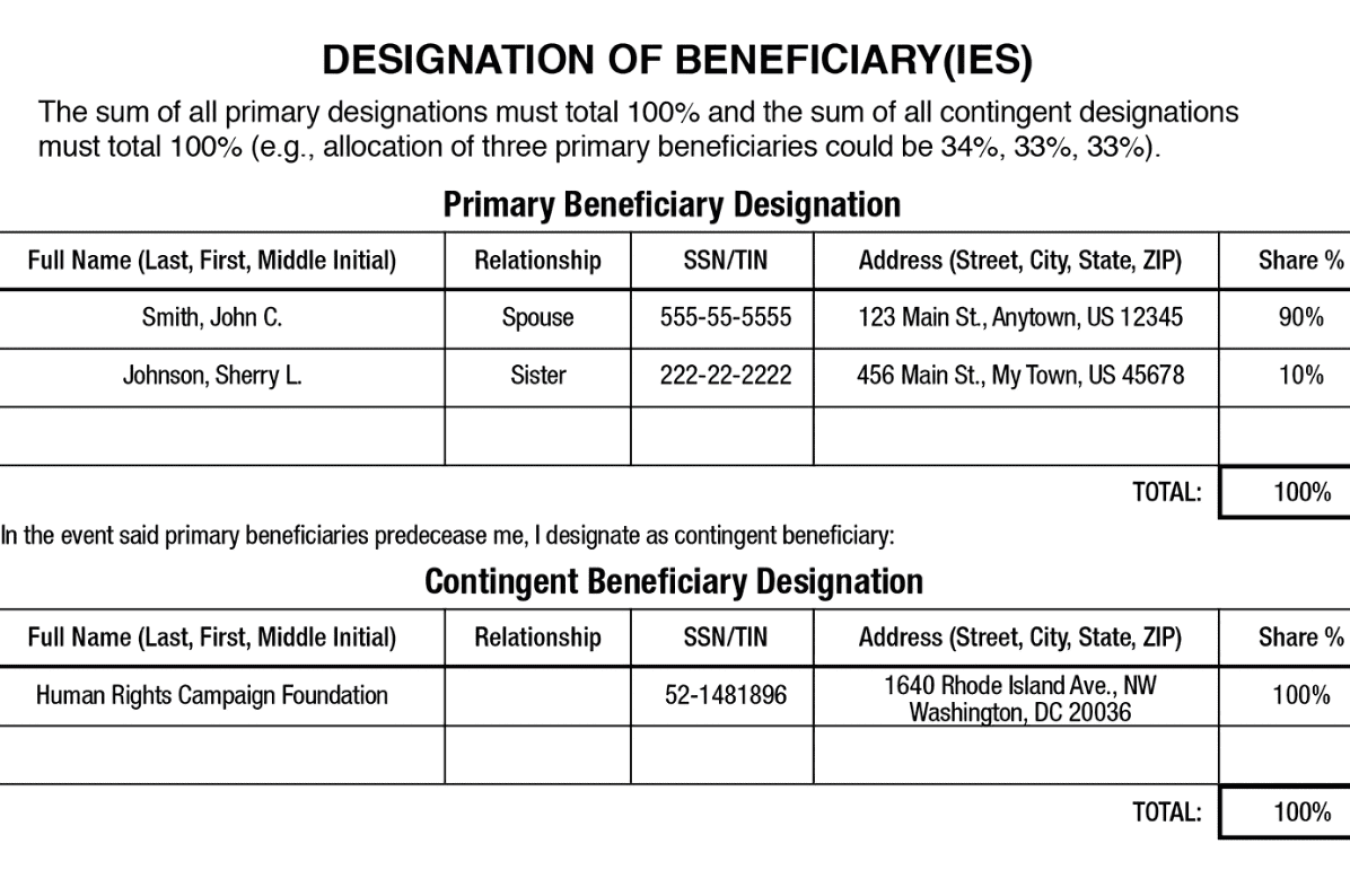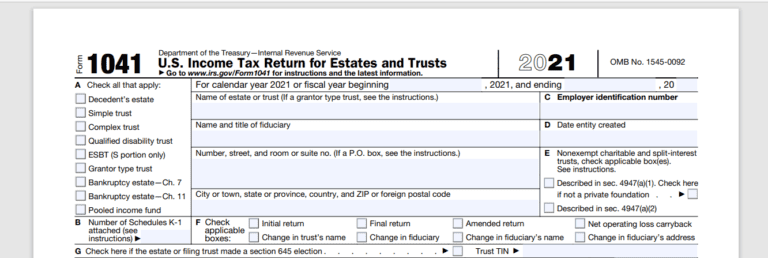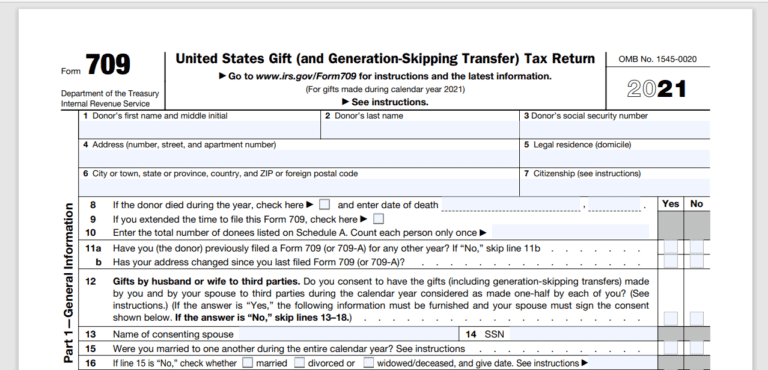What are non-probate transfers?
Non-probate transfers are transfers of ownership that occur upon the death of the owner without needing to go through the probate. These are codified by statute in the Uniform TOD Security Registration Act. Transfer on death designations (“TODs”), sometimes called pay on death designations (“PODs”) and beneficiary designations, are the most common ways to avoid probate. While they are a critical part of any estate plan, many people mistakenly believe that they can be a complete replacement for one. Primarily because of two reasons: 1) they dictate who is entitled to inherit specific accounts, and 2) they are not subject to probate. However, using only non-probate transfers as a replacement for an estate plan has many pitfalls which we will explain below.
When can I use non-probate transfers?
You can use non-probate transfers for most types of accounts held at a financial institution. The most common form of non-probate transfer is the beneficiary designation. These are most commonly found on retirement accounts, annuities, and life insurance policies. In many of these cases, the holder of the account will be prompted to list a primary beneficiary and contingent beneficiary when it is opened, leaving these as the most common accounts to be involved in non-probate transfers.
Typically, all other accounts use transfer on death and pay on death designations. You’ll need to contact your financial institution and inquire about their process of listing a TOD or POD. Indeed, there are separate and unique forms for each financial institution. Then, once the process is complete, you will notice that your account will now have “TOD” or “POD” in the account’s title on your monthly statement.
Finally, the individuals named on the pay on death designation will receive the account after the owner has died. Additionally, this will occur without probate. Therefore, this makes the process much more streamlined and simpler.
When should I use them?
There are strict rules regarding trust ownership of retirement accounts and life insurance policies. Therefore, non-probate transfers through beneficiary designations are the preferred method of transferring these assets after the account owner’s death. While there are specific circumstances when it would be beneficial for a person to have their retirement or life insurance policy owned by a trust, this is not the norm. Especially after Congress passed the SECURE ACT on January 1, 2020.
When should I NOT use them?
You should be cautious when using non-probate transfers. Typically, they are designed for retirement accounts and life insurance accounts. However, it is important to beware of the following when using them on other accounts.
First, when using a non-probate transfer, there is a gap in custody over the account. This occurs during the time between the decedent’s death and the distribution of the account to the beneficiaries listed on the pay on death designation. For example, if we were dealing with a brokerage account holding stock, no one would be able to make any trades, withdrawals, or deposits until it was distributed to the beneficiaries.
Additionally, these assets are not payable to the estate. Therefore, they cannot pay the debts of the decedent. This includes funeral expenses, last illness bills, and any debt, etc. If all accounts in the estate pass through non-probate transfers, the personal representative named in the will would be personally liable to pay these expenses. Indeed, regardless of their share of the inheritance or no share at all. Even if the other beneficiaries were willing to gift the money owed back to the estate, it would still trigger a gift tax filing requirement.
Trying to Replace an Estate Plan
Finally, many people wish to leave one account to one beneficiary, another account to a different beneficiary, etc. Essentially, they want to replace an estate plan with non-probate transfers. Moreover, their plan is to keep a certain amount in each account for a particular beneficiary. However, it is extremely tedious to ensure that those account maintain their values consistently. Furthermore, most people do not anticipate their death. If an account suddenly changes in value and the decedent doesn’t correct it, then there is no recourse. Therefore, the inheritance will not pass in the amounts that the decedent had intended.
Conclusion
Therefore, non-probate transfers are the preferred method for designating beneficiaries of retirement and life insurance accounts. However, all other accounts should use non-probate transfers cautiously. The best method of transferring these assets at death is an estate plan. As this allows for the easy and smooth payment of final expenses after the decedent’s passing. While also ensuring that the beneficiaries of the estate receive their inheritance in the amounts that the decedent intended.






